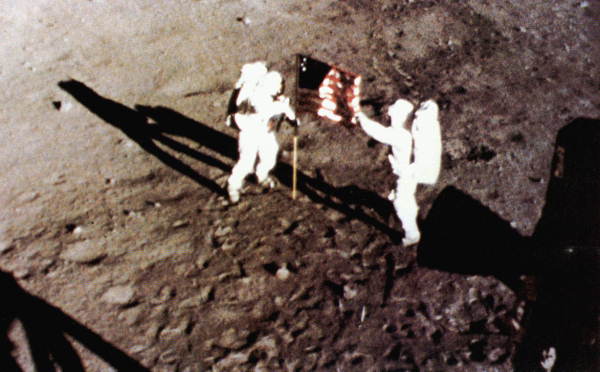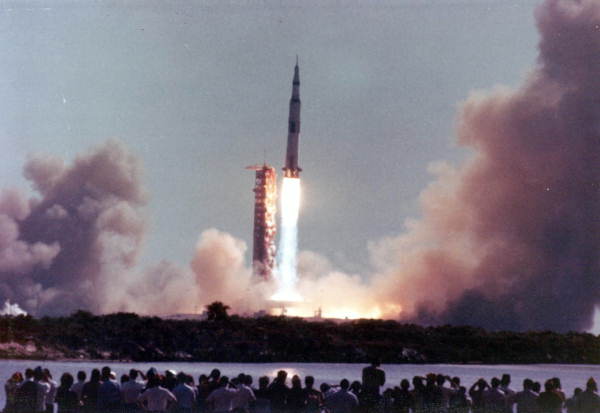Florida and the Apollo Program
An estimated half billion people watched in awe on July 20, 1969, as astronaut Neil Armstrong became the first person ever to set foot on the surface of the Moon. It was a stunning achievement for the United States, which had struggled mightily to stay ahead in the Space Race with the Soviet Union. It was also the culmination of a dramatic era of transformation for Florida, especially Central Florida.
Only 20 years before Armstrong and his fellow Apollo 11 crew members traveled to the Moon, Cape Canaveral and the surrounding area had been relatively undeveloped, known mostly for its beautiful beaches, plentiful hunting and fishing and Old Florida hospitality. The United States’ decision to make Canaveral a key site for testing missiles and spacecraft changed all of that in a hurry. Thousands of scientists, engineers, technicians and professionals of every sort surged into the region to begin making space exploration a reality. The Apollo program, whose ultimate mission was to put a human being on the Moon, accelerated this trend, so that by 1963 an estimated 42 new residents were moving into the area every single day.
These rapid changes brought both opportunities and challenges to Florida. Becoming a national headquarters for space travel meant thousands of new jobs, an entirely new angle for tourism and the chance to attract a host of related industries to the state. Still, an army of scientists, technicians and industrialists couldn't be expected to stay in Florida without places to live, good roads to drive on, sufficient natural resources or schools and universities to prepare a Space Age workforce. Local and state leaders recognized early on that Florida would have to rise to the occasion and invest in its own future if it was to become America's gateway to the stars.
In many ways, the Apollo program and modern Florida grew up together. That shared experience is the subject of this exhibit. The Space Age voices and imagery captured on these pages reflect the heady enthusiasm and anticipation felt by so many in the 1960s as the men and women of Cape Canaveral moved ever closer to their goal of a lunar landing. They also demonstrate the enormity of the economic and social changes required to make it all happen—changes that continue to shape Florida half a century after Neil Armstrong's first steps on the surface of the Moon.

 Listen: The World Program
Listen: The World Program





